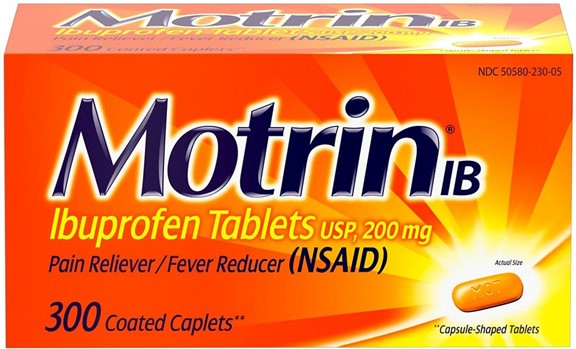A nurse assessing a client’s lung sounds hears continuous low-pitched harsh rattling sounds over the client’s trachea that are most evident on expiration and are decreased after coughing.
Which term is the appropriate choice to accurately document this lung sound?
Rhonchi.
Wheezing.
Crackles.
Pleural friction rub.
The Correct Answer is A
Rhonchi. Rhonchi are low-pitched, rattling sounds that indicate mucus in the larger airways. They are most evident on expiration and may decrease after coughing.
Choice B is wrong because wheezes are high-pitched, squeaking sounds that indicate narrowed small air passages. They are usually heard on both inspiration and expiration.
Choice C is wrong because crackles are short, high-pitched popping sounds that indicate fluid or inflammation in the alveoli. They are usually heard on inspiration.
Choice D is wrong because pleural friction rubs are creaking or grating sounds that indicate inflammation of the pleura. They are usually heard on both inspiration and expiration and do not change with coughing.
Nursing Test Bank
Naxlex Comprehensive Predictor Exams
Related Questions
Correct Answer is C
Explanation
Remove gloves, wash hands, remove face shield, gown, mask, and wash hands again. This is because gloves are the most contaminated piece of PPE and should be removed first to avoid touching other parts of the body or environment with them. Washing hands after removing gloves is also important to reduce the risk of infection. Face shields, gowns, and masks should be removed in that order, as they are less contaminated than gloves and can be handled with clean hands. Washing hands again after removing all PPE is the final step to ensure hygiene.
Choice A is wrong because it does not include washing hands after removing gloves, which is a crucial step to prevent contamination. It also removes the gown before the gloves, which can cause the gown to touch the face or hair and contaminate them.
Choice B is wrong because it does not include washing hands between removing gloves and gown, which can transfer germs from the gloves to the gown and then to the face or hair when removing the face shield and mask.
Choice D is wrong because it does not include washing hands between removing gloves and gown, which can transfer germs from the gloves to the gown and then to the face or hair when removing the face shield and mask. It also removes the gown before the face shield, which can cause the gown to touch the face or hair and contaminate it.
Normal ranges for PPE removal are not applicable as different types of PPE may require different methods of removal. However, some general principles are to remove PPE in a way that minimizes contact with contaminated surfaces, perform hand hygiene frequently, and dispose of PPE properly.
Correct Answer is C
Explanation

Motrin is a brand name for ibuprofen, which is a nonsteroidal anti-inflammatory drug (NSAID). NSAIDs can cause renal toxicity, especially in older adults and patients with renal disease.
Therefore, the nurse should be most concerned about this medication and its potential adverse effects on the patient’s kidney function.
Choice A is wrong because digoxin is a cardiac glycoside that is used to treat heart failure and atrial fibrillation. Digoxin has a narrow therapeutic index and can cause toxicity if the dose is too high or if the patient has hypokalemia. However, digoxin does not directly affect the kidneys and can be safely used in patients with renal disease if the dose is adjusted according to the patient’s creatinine clearance.
Choice B is wrong because levothyroxine is a synthetic thyroid hormone that is used to treat hypothyroidism. Levothyroxine does not have any major interactions with the kidneys and can be used in patients with renal disease without dose adjustment.
Choice D is wrong because Tylenol is a brand name for acetaminophen, which is an analgesic and antipyretic drug. Acetaminophen does not have any anti-inflammatory effects and does not affect the kidneys at therapeutic doses. However, acetaminophen can cause hepatotoxicity if the dose exceeds 4 g per day or if the patient has liver disease or alcohol abuse.
Whether you are a student looking to ace your exams or a practicing nurse seeking to enhance your expertise , our nursing education contents will empower you with the confidence and competence to make a difference in the lives of patients and become a respected leader in the healthcare field.
Visit Naxlex, invest in your future and unlock endless possibilities with our unparalleled nursing education contents today
Report Wrong Answer on the Current Question
Do you disagree with the answer? If yes, what is your expected answer? Explain.
Kindly be descriptive with the issue you are facing.
